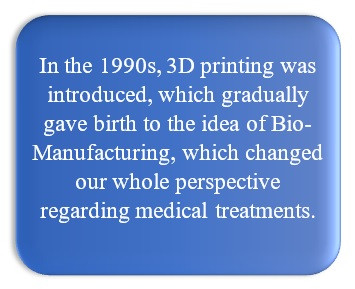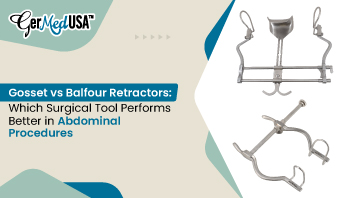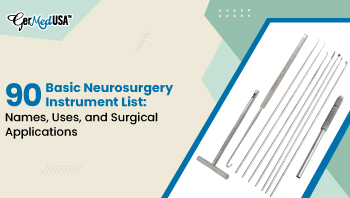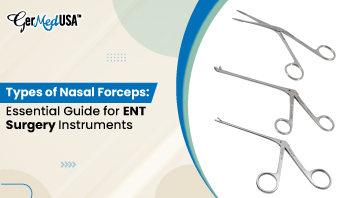Shopping Cart
-
 Autem ipsa ad 1 x $145.80
Autem ipsa ad 1 x $145.80 -
 Tenetur illum amet 1 x $150.80
Tenetur illum amet 1 x $150.80 -
 Non doloremque 1 x $165.80
Non doloremque 1 x $165.80


 There are multiple ways in which 3D printed materials can help surgeons. Let us discuss them in detail.
There are multiple ways in which 3D printed materials can help surgeons. Let us discuss them in detail.
 There is hope that we will be able to treat osteoporosis with this technology. 3D printing technology makes surgical procedures safe, minimizes errors, and ensures better performance. It has played a vital role in orthosis and prosthesis 3. However, there are still many complications that need to be addressed. This method, no matter how reliable, is still time-consuming. In emergency surgeries, these will not be possible to make. There is still not much research related to the use of ideal material for 3D printing. We need more research work, larger samples, clinical trials, and basic testing to conclude. Hence, we can say that 3D printing technology in bio-manufacturing has not reached its goal yet. However, it is improving gradually with time and may unlock better medical use in the future.
There is hope that we will be able to treat osteoporosis with this technology. 3D printing technology makes surgical procedures safe, minimizes errors, and ensures better performance. It has played a vital role in orthosis and prosthesis 3. However, there are still many complications that need to be addressed. This method, no matter how reliable, is still time-consuming. In emergency surgeries, these will not be possible to make. There is still not much research related to the use of ideal material for 3D printing. We need more research work, larger samples, clinical trials, and basic testing to conclude. Hence, we can say that 3D printing technology in bio-manufacturing has not reached its goal yet. However, it is improving gradually with time and may unlock better medical use in the future.












